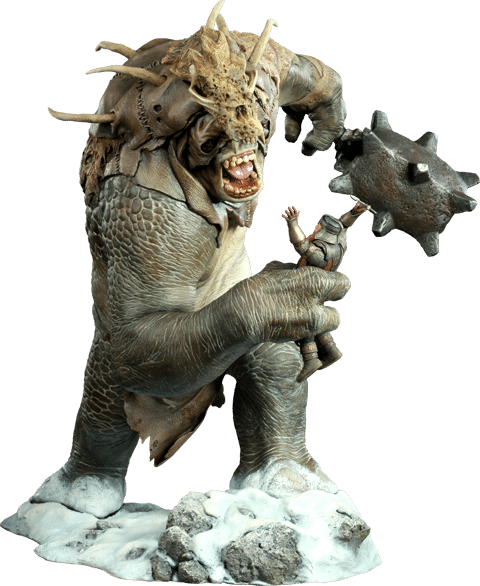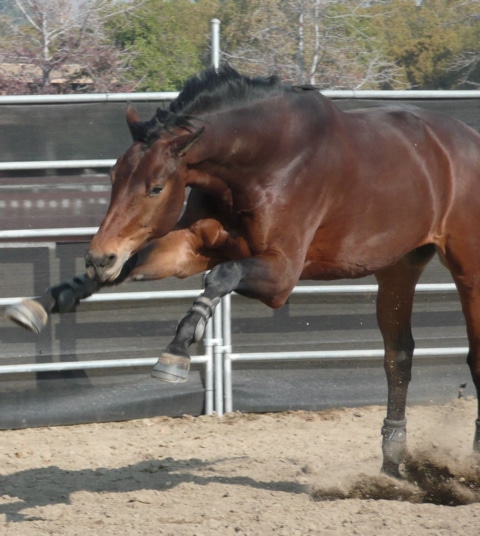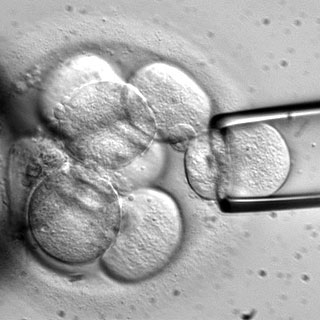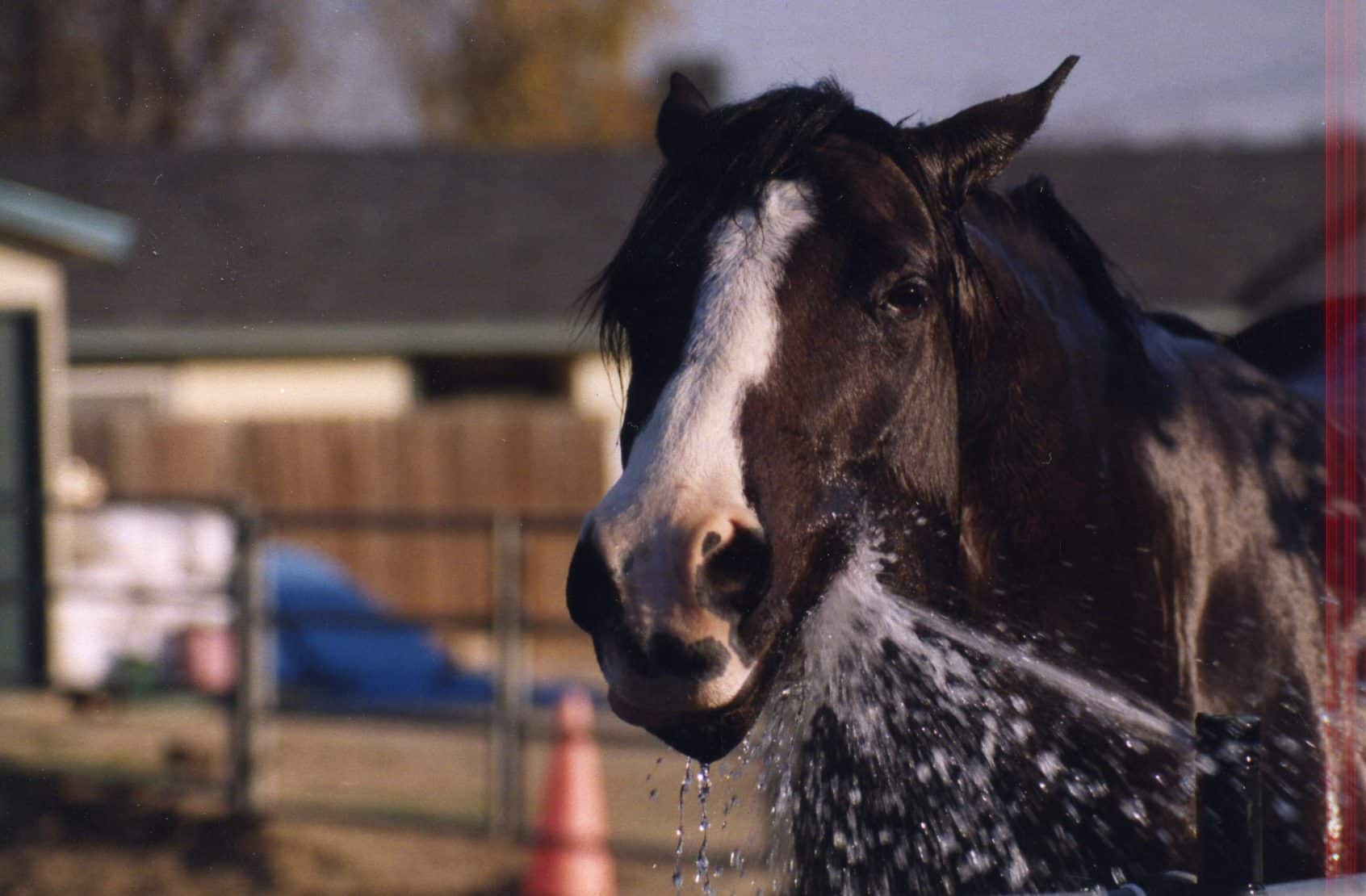 I remember one of my very first days on the veterinary job in southern California. I pulled into the Los Angeles Equestrian Center, full of excitement and energy. I think I was about to vaccinate a horse, not a big deal, to be sure, but you have to remember, at this point, I’m still a neovet. The horse received his vaccination without too much trouble (as I recall – frankly, I don’t recall each and every vaccination that I’ve give to a horse at this point). I chatted a bit with the owner, who, as I recall, was very nice. To end the conversation, she asked, “Say, do you have time to clean my horse’s sheath?”
I remember one of my very first days on the veterinary job in southern California. I pulled into the Los Angeles Equestrian Center, full of excitement and energy. I think I was about to vaccinate a horse, not a big deal, to be sure, but you have to remember, at this point, I’m still a neovet. The horse received his vaccination without too much trouble (as I recall – frankly, I don’t recall each and every vaccination that I’ve give to a horse at this point). I chatted a bit with the owner, who, as I recall, was very nice. To end the conversation, she asked, “Say, do you have time to clean my horse’s sheath?”
I paused. I thought, “Clean your horse’s what?” (I knew what a horse’s sheath was mind you – still do – it’s just that I wasn’t sure that I had heard correctly.)
“Clean my horse’s sheath.”
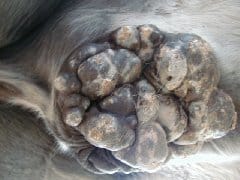
Melanoma in a sheath. Hopefully, you would have noticed before this.
I nodded. And did. For the first time. Ever.
It probably shouldn’t come as a big surprise that the male horse’s sheath is not the subject of a lot of detailed discussion in veterinary school. In school, we always referred to it as the prepuce (because you pay a lot of money to go to veterinary school to learn words like that, especially now). To be sure, every once in a while, the prepuce is the location of a fairly serious health issue, especially cancers like squamous cell carcinoma, which occurs especially in pink-skinned horses, and melanoma, which occurs mostly in grey horses. We did not, however, spend any time at all going through anatomical diagrams of the sheath, discussing the neuroanatomy of the sheath, or talking about basic sheath physiology. Things like the hoof, or the lungs, or the intestinal tract were considered more important (for good reason, I think). The sheath was just sort of there.
Until I got into practice, that is.

Smegma (I think)
Turns out that there are a lot of people who are somewhat preoccupied with their male horse’s sheath, so much so that some of those people seem to develop strong opinions on the “right” and “wrong” ways to take care of it. Since this is a part of the horse about which I have never previously written, I figured it was time. Might as well get it over with, I guess.
As near as I can tell, people get concerned with two things that occur inside the horse’s sheath. The first thing is the accumulation of the gooey, smelly, mess that is usually referred to as smegma, which is another expensive word that, to me, sounds something like a character out of “Lord of the Rings.” The second thing is the “bean” that can build up in the horse’s urethral fossa, at the end of his penis (a bit more on that in just a bit). So let’s start with those.
The smega thing is real. That is, it can get really smelly and gooey inside the horse’s sheath. In my opinion, it’s really gross. Gross to people, that is. Horses, on the other hand, don’t seem to mind it at all, in fact, they generally seem to object much more vigorously to having the smegma cleaned out than they do to having it in there. There are exceptions, of course – some horses seem to think that having a sheath cleaned is about the best thing that can happen them, and demonstrate that pleasure in ways that I don’t feel compelled to discuss in this forum, but which are generally a source of hilarity around the barn.
QUICK ASIDE: I’m not writing about breeding stallions here. There are sexually transmitted diseases in horses. Stallions are routinely washed before breeding, for good reason.

Acrobatics needed for sheath cleaning
As near as I can tell, the main reason that people get their horse’s sheath cleaned – other than the gross thing – is because of concerns about infection. That is, they’re concerned that if it’s too gooey and dirty in there, the horse is going to develop an overwhelming infection that could result in the horse’s untimely demise: or something like that. I’m only speaking on the basis of my own experience, but I haven’t found that to be the case. That is, whether a horse gets some sort of a local infection or not seems to be completely unrelated to whether the sheath is dirty or not. To me, that makes some sense. The skin is a pretty formidable barrier to infection – no matter where that skin is – and if other parts of the body get dirty (think kids playing in the dirt, or mud football) the body doesn’t get infected. I’m not saying it’s impossible that a dirty sheath will cause an infection, just that it seems unlikely.
If you have a show horse, of course, you’re going to want him to be all nattily turned out and all before he gets into the ring, and heaven forbid that he might drop and reveal a bit of errant smegma or flaking skin. Entire classes have turned on such things, or at least that’s the fear. So I guess that’s another reason.
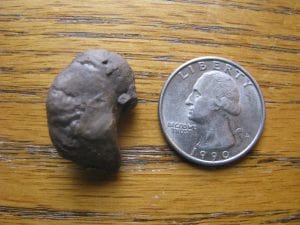
A presumably uncomfortable bean
I have seen the bean thing be a problem, exactly twice. Just to be clear, the bean builds in the urethral fossa, which is a circular depression around the end of the horse’s urethra. The urethra connects the bladder to the outside, and at the end of the penis, the fossa is sort of like a moat around a castle. I have no idea why it’s there – I just know it’s there. Anyway, I’ve seen the bean get large enough so that it essentially acts like a thumb placed over the end of a garden hose, which means that the affected horses were spraying urine pretty much everywhere: even more than they normally do. Cleaning out the bean took care of the problem, and it was probably a good thing to do. Maybe it would have fallen out anyway, but why wait?
I do know why clients have me clean the sheath. It’s because it can be a pretty dangerous thing to do in some horses. I know of one veterinarian who had his leg shattered cleaning a horse’s sheath, and I’ve certainly had a few close calls. You can’t really explain things to a horse – you just sedate them and get the job done. I have sedatives, clients don’t want to get down there in all of that goo, so, guess what I get to do?
 The other question that I get asked all the time is, “What do you clean a horse’s sheath with?” I suppose that could start a whole ‘nother line of discussion, but, to me, since you’re just washing off some skin, just about any soap will usually do. I usually use a disinfectant soap, since that’s what I carry on my truck, but in a pinch (actually, when I forgot that I had run out of disinfectant soap) I’ve run into a convenience store to get some dish soap. In case you’re interested, I used unscented soap, mostly because I didn’t want to field calls about why the horse smelled like an orange, or a lilac, or some other delightfully refreshing scent.
The other question that I get asked all the time is, “What do you clean a horse’s sheath with?” I suppose that could start a whole ‘nother line of discussion, but, to me, since you’re just washing off some skin, just about any soap will usually do. I usually use a disinfectant soap, since that’s what I carry on my truck, but in a pinch (actually, when I forgot that I had run out of disinfectant soap) I’ve run into a convenience store to get some dish soap. In case you’re interested, I used unscented soap, mostly because I didn’t want to field calls about why the horse smelled like an orange, or a lilac, or some other delightfully refreshing scent.
There are products out there that are made specifically for cleaning horse’s sheaths. To me, this is a triumph of free enterprise. I know that there was (maybe still is) a product called, “Excalibur,” which had my mind racing to all sorts of Arthurian spots (pulling 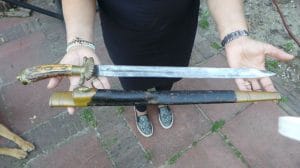 swords out of stones and all), but I’m not aware that it offered any particular advantage. I’ve also been told that mineral oil, petrolatum ointment, and obstetrical lubricant (which is something essential for equine practice) also helps loosen smegma without irritating the sheath. I don’t know – I haven’t used those things, and the ones that I’ve cleaned haven’t had any skin irritation as a result, or, at least, I’ve never heard about it. I suppose you could really irritate a horse’s sheath if you were intent on using things like industrial solvents, and I suppose there’s always going to be that one sensitive horse, but mostly, I don’t think the cleaning material really makes all that much difference.
swords out of stones and all), but I’m not aware that it offered any particular advantage. I’ve also been told that mineral oil, petrolatum ointment, and obstetrical lubricant (which is something essential for equine practice) also helps loosen smegma without irritating the sheath. I don’t know – I haven’t used those things, and the ones that I’ve cleaned haven’t had any skin irritation as a result, or, at least, I’ve never heard about it. I suppose you could really irritate a horse’s sheath if you were intent on using things like industrial solvents, and I suppose there’s always going to be that one sensitive horse, but mostly, I don’t think the cleaning material really makes all that much difference.
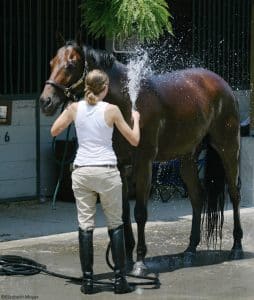
Too far forward
Here are a few closing thoughts.
- I’ve heard it said that if you clean a horse’s sheath a lot, you’ll just have to keep cleaning it. There’s certainly some truth to that, although I’m not sure how profound the statement is.
- If you horse will tolerate you running a garden hose up into his sheath, you can rinse to your heart’s content and maybe you’ll never have to do anything else.
- I’ve heard of one horse that got so dirty that there were maggots in the smegma. Gross, to be sure, but the skin was OK.
- Horses in pasture settings don’t get nearly as dirty as horses in stalls. Horses sweat in stalls, and stalls tend to be a lot dirtier and dustier than pastures. Sweat + dirt + dust = smega.
ANOTHER ASIDE: I was cleaning a horse’s sheath one afternoon when a lady came walking by with a group of friends or acolytes (I couldn’t tell which). While I’m reaching under to undertake this stinky task, she’s impressing her friends with the depth and breadth of her knowledge about horse anatomy and behavior, and male horse behavior in particular.
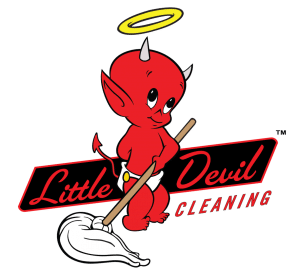 “So you see,” she said, “the sheath must be cleaned as a matter of hygiene. But in the wild, normal breeding activity takes care of the cleanliness problem, so that’s why horse’s in the wild can survive without having their sheaths cleaned.”
“So you see,” she said, “the sheath must be cleaned as a matter of hygiene. But in the wild, normal breeding activity takes care of the cleanliness problem, so that’s why horse’s in the wild can survive without having their sheaths cleaned.”
I must have been in a particular snarky mood that day, so I stood up and said, “Yes, but what about the geldings in the wild?”
Puzzled, she moved on. I don’t know if she ever got it.
Anyway, that’s about all that I can think of when it comes to a horse’s sheath. If something else comes up, I’ll be sure to let you know, but my guess is that other medical innovations will take precedent for the foreseeable future.

